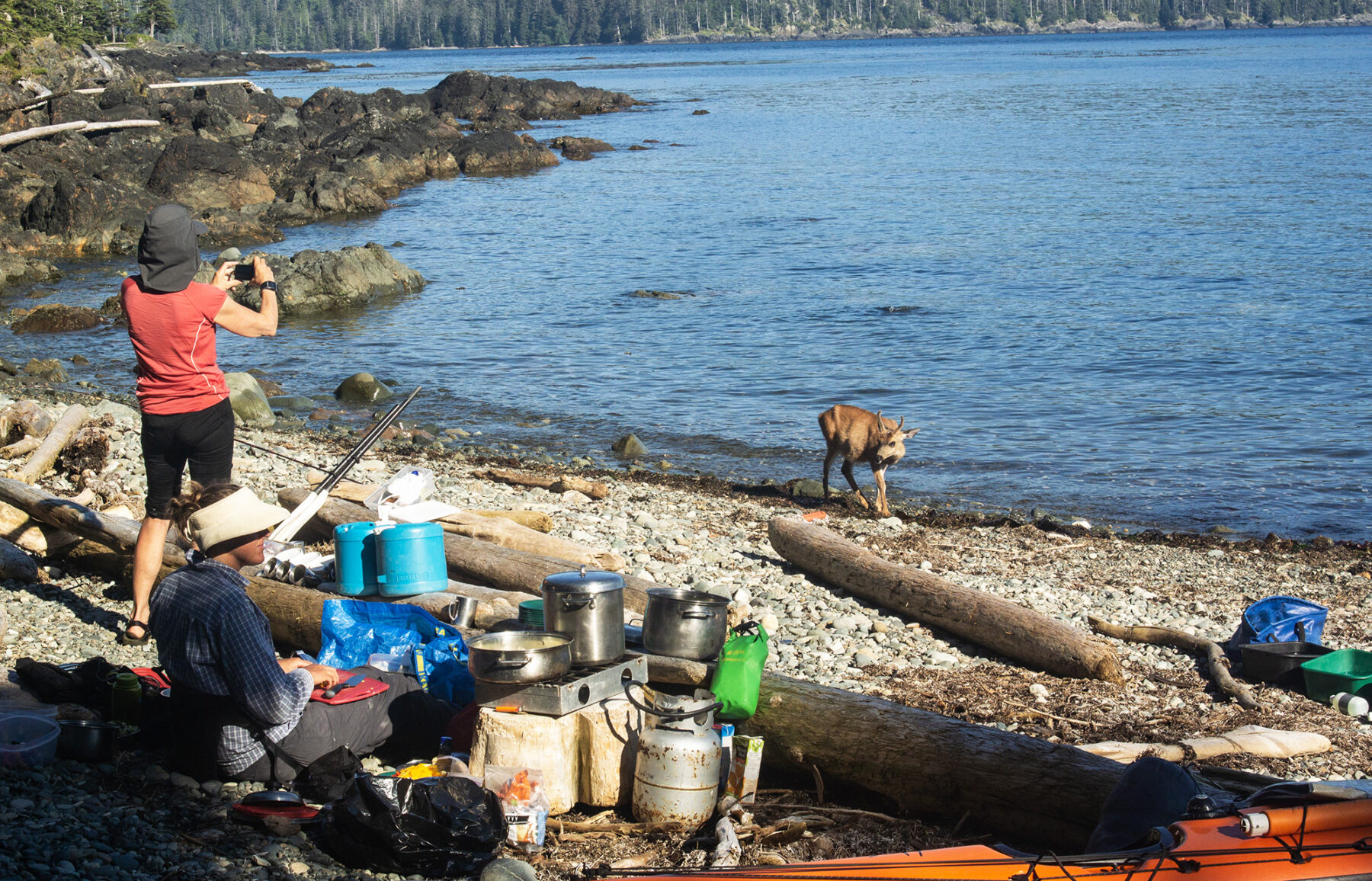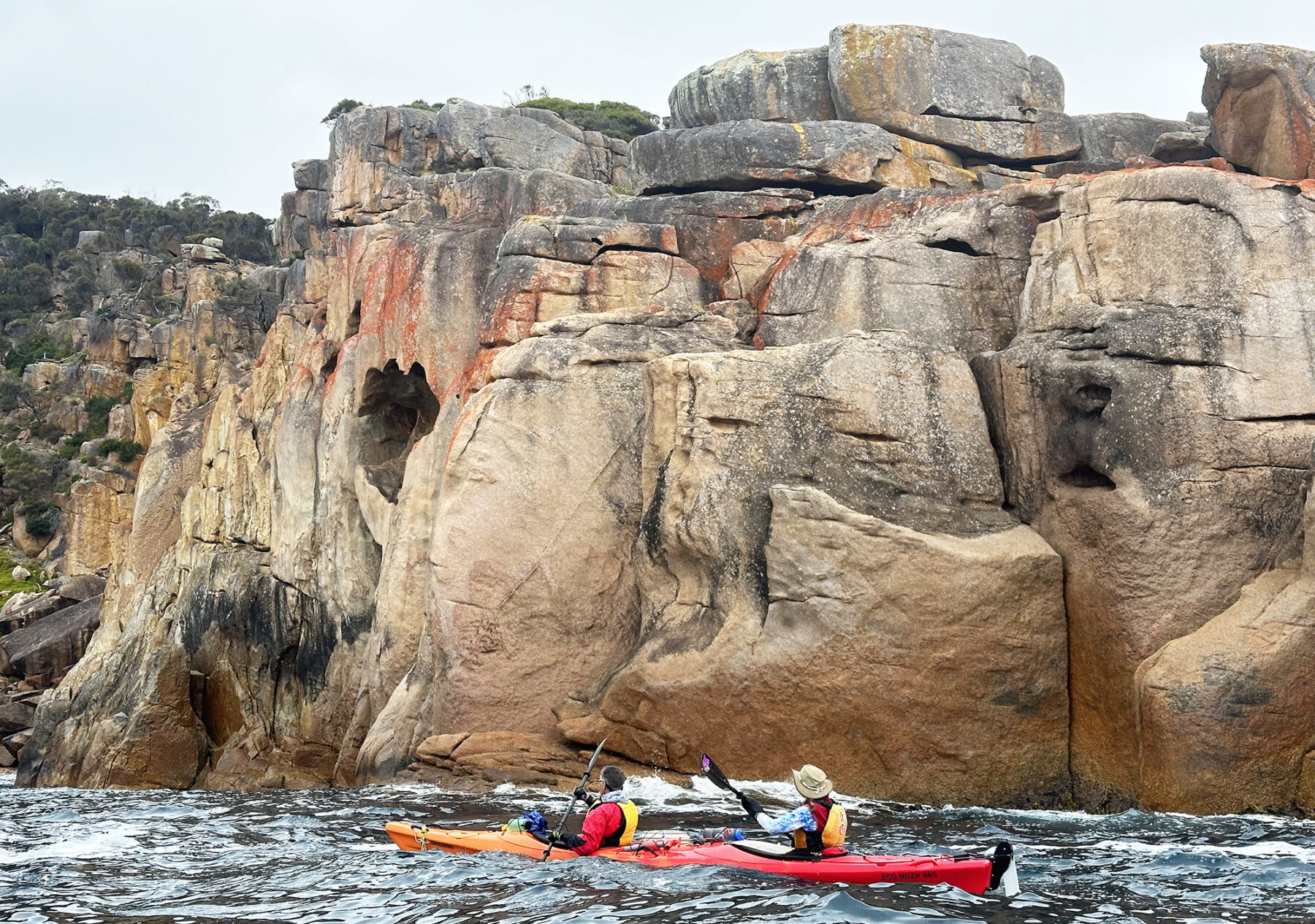Paddle Pulse: Top 10 tips for kayak camping

Kayak camping is a bit like backpacking over water – same spirit, different elements, and the bonus of reaching remote destinations only accessible by water. Over the years, I’ve discovered that the key to a successful kayak camping trip lies not just in where you paddle, but how you pack. Though like hiking in terms of space and weight considerations, being on the water presents unique challenges – and opportunities.
Using the waterways as your trail allows for the luxury of carrying slightly more gear than backpacking – provided you pack smartly, with an eye on factors like balance. At the same time, the unforgiving nature of water also demands vigilance in keeping everything dry.
With that in mind, here are 10 tips to help you get the most out of your next kayak camping adventure.
1. Pack smart, not large
Opt for multiple smaller waterproof bags instead of a few large ones. Small bags can be tucked into the nooks and crannies of your kayak, optimising space and keeping essentials within easy reach.
2. Balancing act: Distribute weight evenly
Equal weight distribution is crucial for maintaining the kayak’s stability and manoeuvrability. Pack heavier items like water and food in the centre of the kayak, close to your seat, and distribute the weight evenly from side to side. This balance is vital, especially when navigating through rougher waters or strong currents.

3. Waterproof everything
Water is a constant in kayak camping, so ensure that all items – especially clothing, bedding, and electronic devices – are stored in waterproof bags. Double-bag particularly vulnerable items to guard against water ingress, which can happen even with the best preparations.

4. Choose a compact tent
Space is at a premium in kayak camping. Choose a compact, lightweight tent specifically designed for backpacking. These tents are easier to pack and set up, and they usually come with a waterproof rating suitable for a wide range of weather conditions.

5. Get your sleep system right
A good night’s sleep can make or break any adventure. Invest in a good-quality, lightweight sleeping bag and a compact but comfortable sleeping mat. Consider the climate of your destination: a sleeping bag rated for the correct temperature and a mat that insulates you from the ground will make nights more comfortable and set you up for energetic days on the water.
6. Plan meals wisely
Pre-plan your meals to be filling, nutritious and easy to cook. Dehydrated packaged meals are excellent for saving space and reducing weight, but you can also consider simple, high-energy foods that require minimal preparation. You’ll likely want a small, reliable stove for heating up food and water. And keep in mind ways to minimise the waste you’ll generate (and must carry out with you!).

7. Water, water everywhere, but…
Always pack more water than you think you’ll need. Depending on where you’re paddling, water purification methods, such as tablets or a small filter, can reduce the amount of water you need to carry, allowing you to replenish from clean sources en route if available.
8. Keep safety gear within easy reach
Keep your safety gear, like your first aid kit, emergency communication device, head torch, knife, and waterproof matches, stowed in an easily accessible place. It’s also wise to have a float plan with someone back home, detailing your route and expected return.
9. Lighting and power
Pack a reliable head torch and, depending on the length and destination of your trip, consider a lightweight solar charger to keep electronic devices powered. These items are essential for navigation and emergency situations, especially when camping in remote areas.
10. Leave no trace
Adventuring in nature means being mindful of your environment, keeping wildlife undisturbed, and taking all your rubbish back with you. Your goal should be to leave your campsite as pristine as you found it, preserving the natural beauty for those who follow.

Bonus tip! go with the flow when kayak camping
When doing multi-day camping trips in remote locations, remember to allow the weather to dictate your itinerary to maximise comfort and safety. Be sure to plan your campsites ahead of time and consider back-up camping sites and exit plans in case of deteriorating weather conditions. Being flexible with your paddling itinerary ensures you will maximise your comfort, safety and experience.

Kayak camping is an adventure that rewards the prepared. With these tips, you’ll not only manage the practicalities of packing and paddling but also make the most of your adventure, taking you to unique places only accessible by water.
Toby Story is the Managing Director and Lead Guide at Southern Sea Ventures, which offers guided sea kayaking adventures around the globe, including many that are camping-based.




